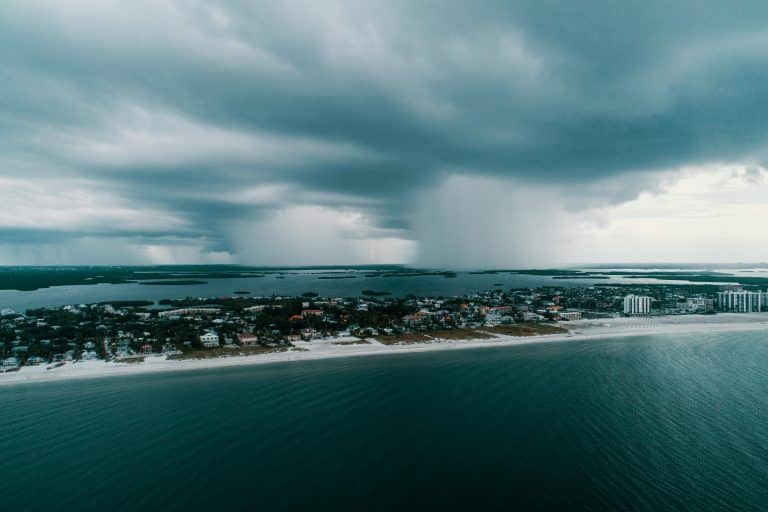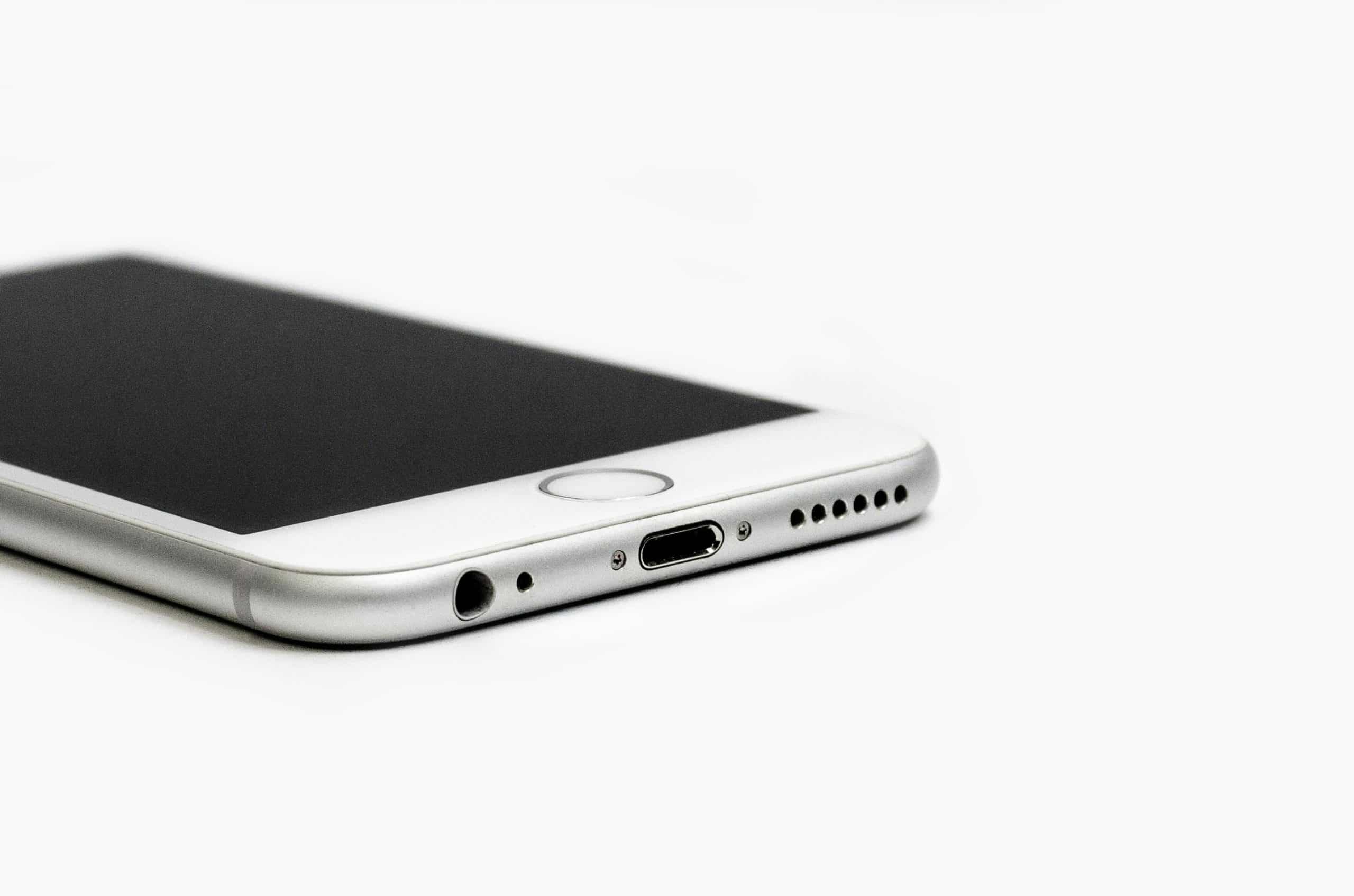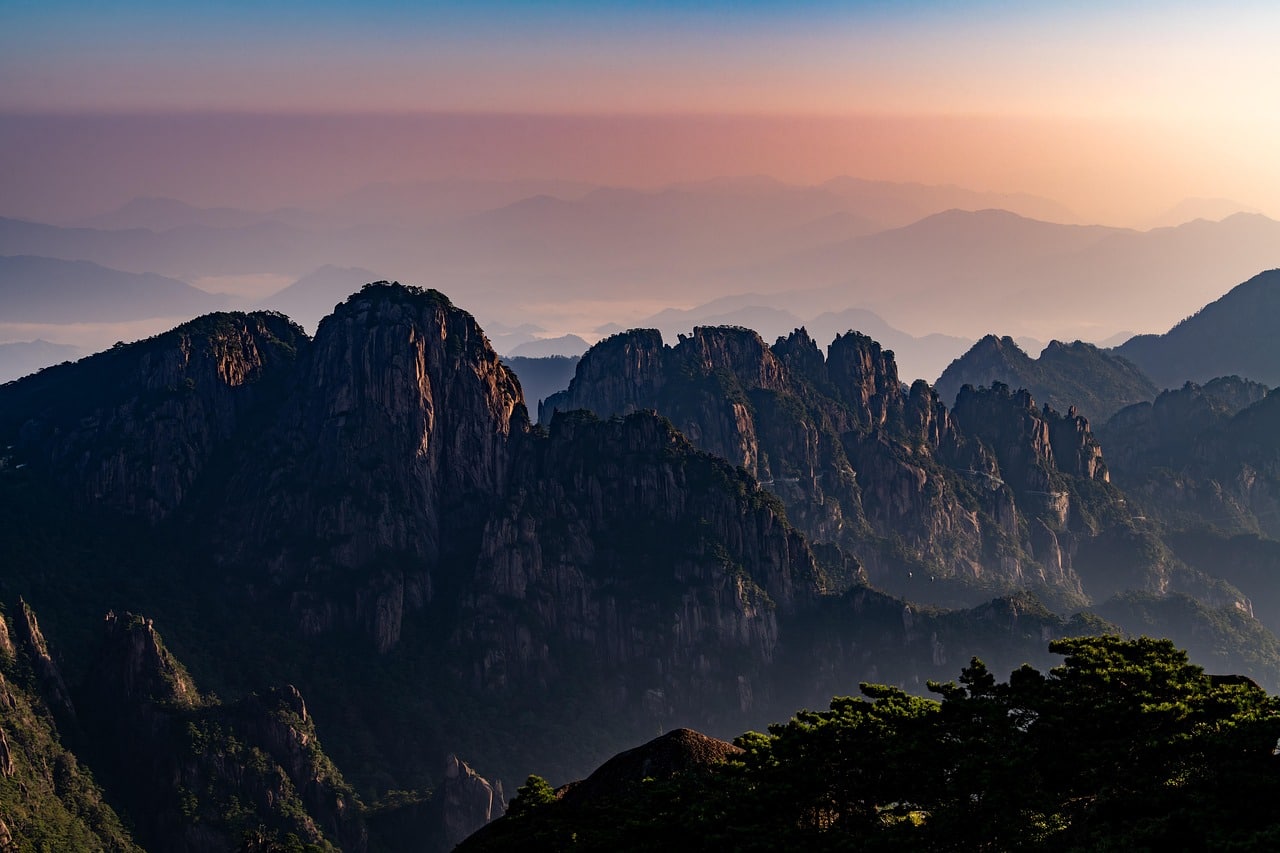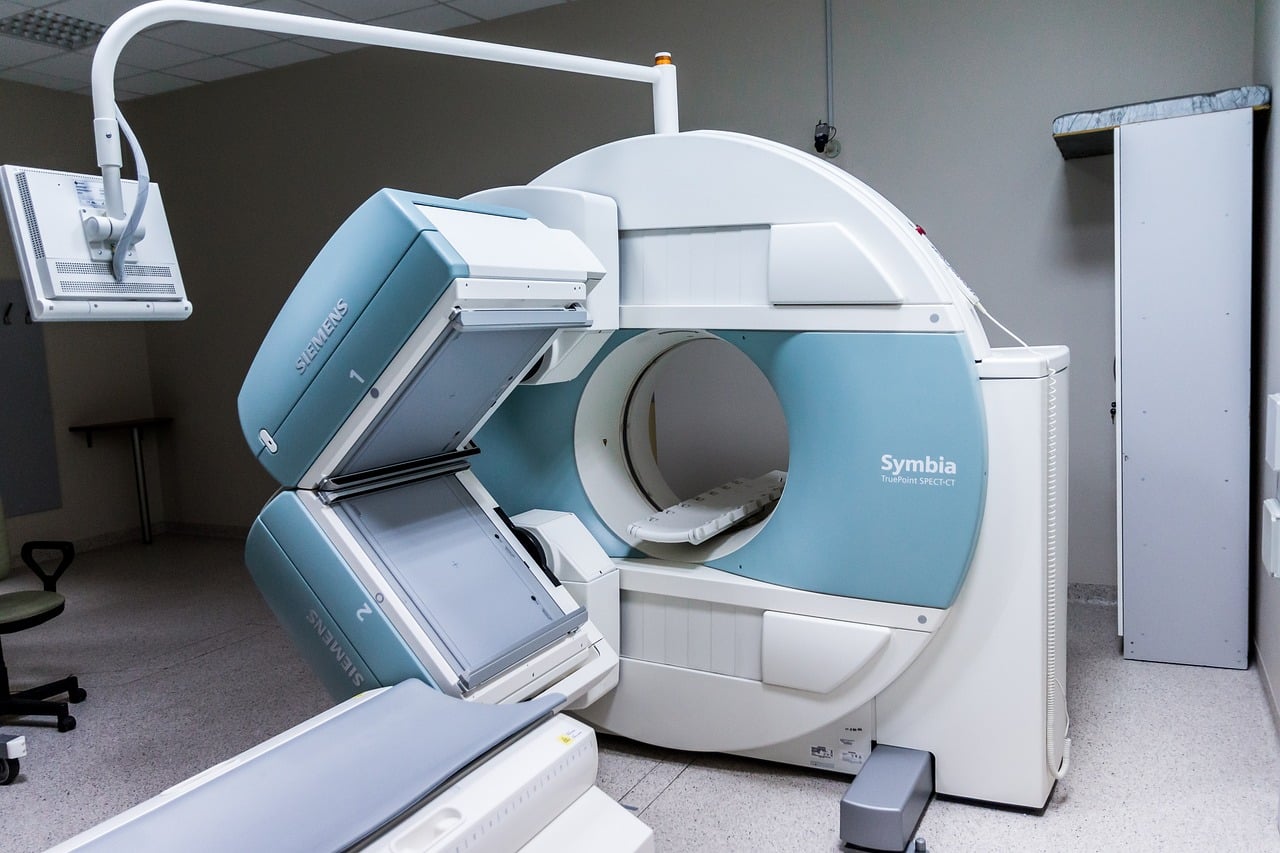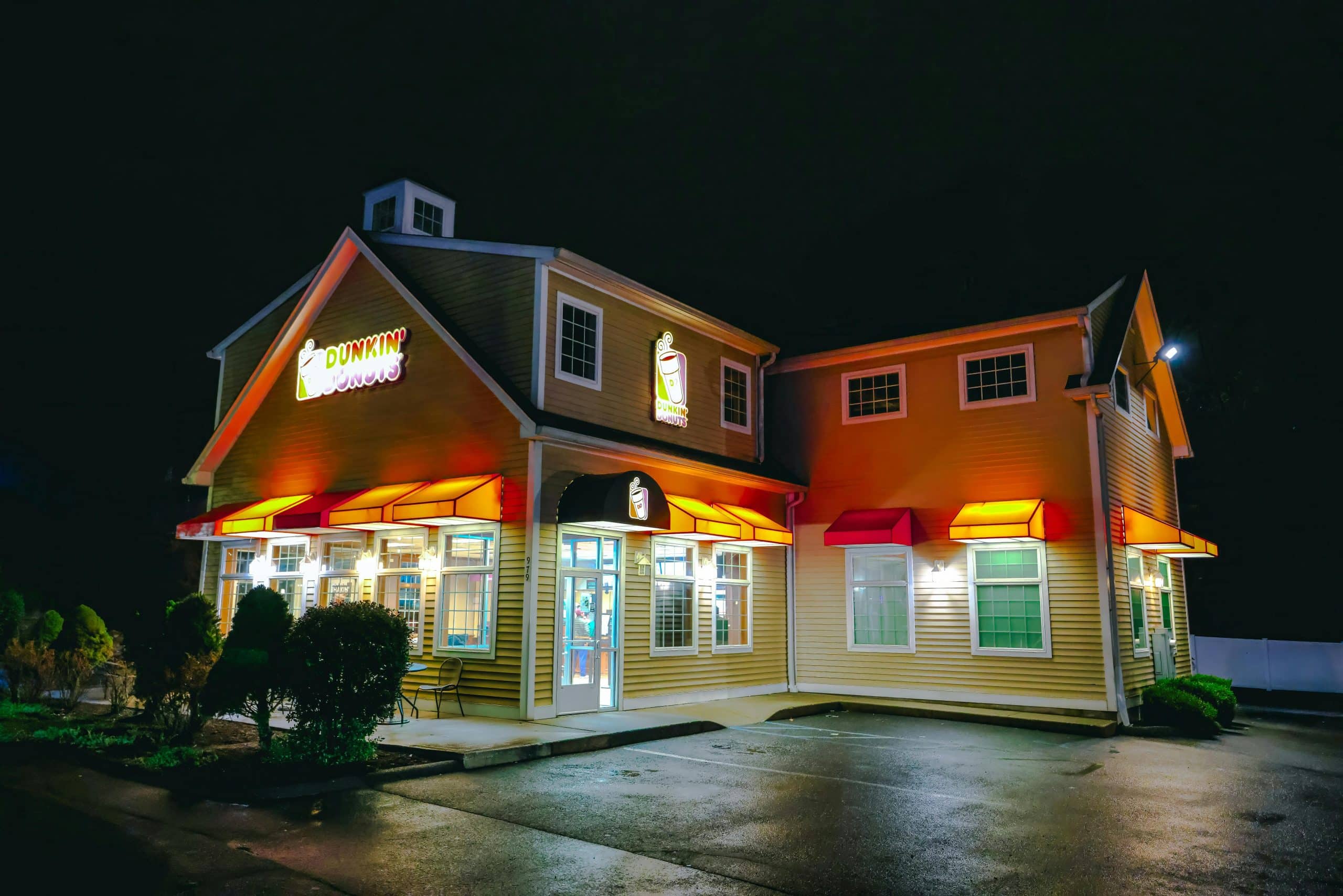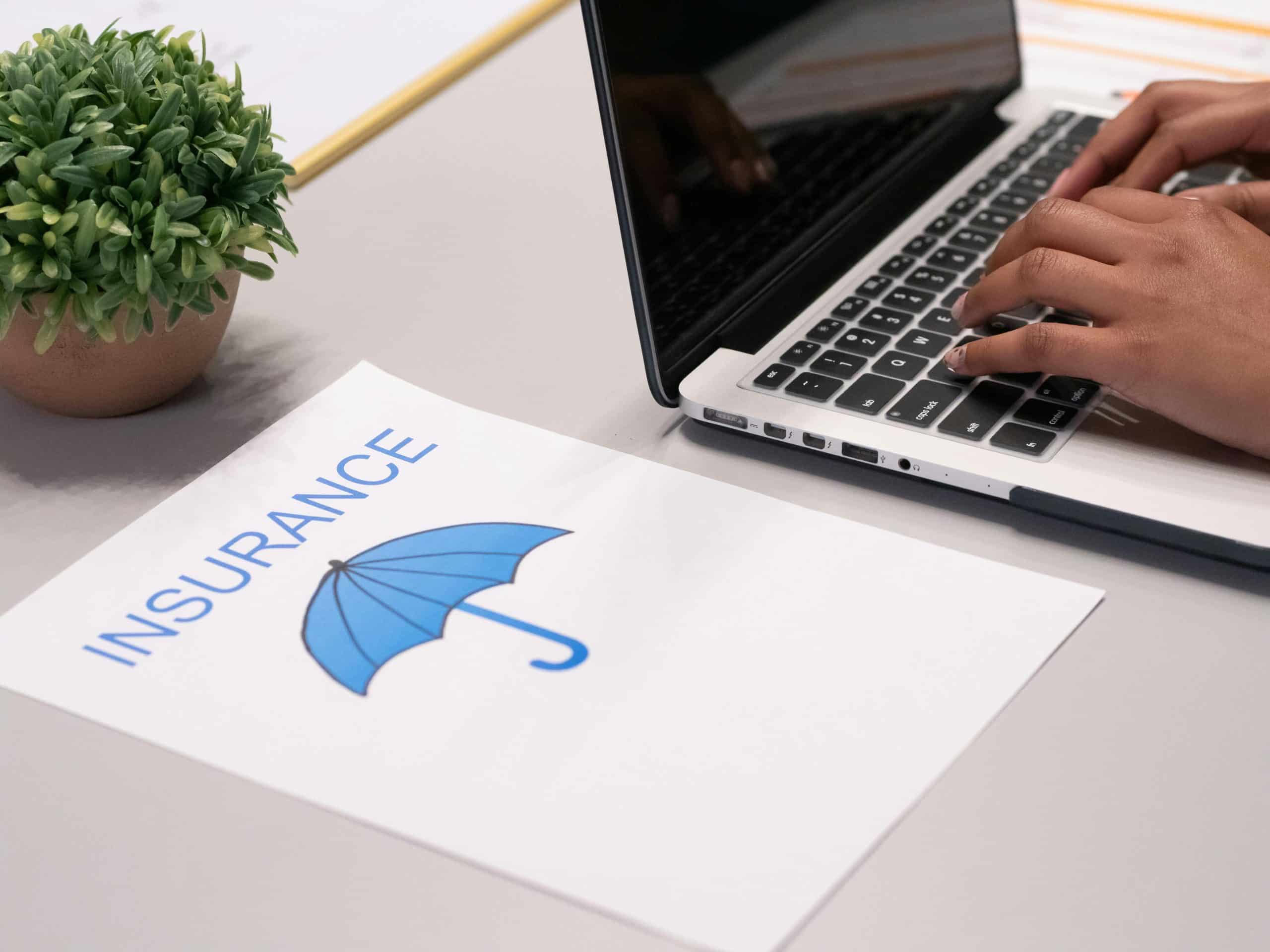Hurricanes are some of the most powerful and destructive forces of nature. These massive storms bring heavy rain, intense winds, and dangerous flooding, leaving destruction in their wake. They can destroy entire communities, cause billions of dollars in damage, and take thousands of lives. But how do hurricanes start, and why? How can you help keep yourself and your loved ones safe after learning one is heading your way? Let us jump in and learn about this force of nature.
What are Hurricanes?
Hurricanes are large, swirling storms that form over warm ocean waters. They are classified as tropical cyclones. They have strong winds, heavy rainfall, and storm surges. To be considered a hurricane, a storm must have wind speeds of at least 74 mph. The stronger the wind speed, the higher the category rating. They are rated by Category: Category 1 is the least severe; Category 5 is the most severe. These storms gain strength by sucking up moisture and heat from the ocean, making them particularly dangerous in areas of the world with consistently warm waters.
In addition to their strong winds and rainfall, hurricanes can create tornadoes and major flooding by pushing seawater inland. The devastating power of a hurricane can leave communities in pieces. They can leave them without electricity, contaminate clean water, destroy communication services, limit food supplies, and completely level structures. This makes preparation and awareness essential for those who live in active hurricane areas.
How Do Hurricanes Start?
Hurricanes begin as tropical disturbances, clusters of thunderstorms over warm ocean waters. As these storms suck in moisture and heat from the ocean, they start to spin. If the conditions are just right, such as low wind shear and warm sea temperatures, the storm can form into a full-blown hurricane. The process can take days or even weeks to manifest. Therefore, because of their unpredictability, meteorologists closely monitor these storms to predict their paths and potential impacts on coastal communities. Hurricanes are one of the most closely monitored weather phenomena in the world.
Ensure Safety and Minimise Damage:
- Stay Informed: Stay up to date from reliable sources such as the National Hurricane Center or local weather stations to keep track of storms in your area. This information can help you decide whether you should stay in the area or evacuate.
- Stock Up on Supplies: Keeping a stock of supplies is a good idea wherever you are in the world. But hurricanes can wipe out food and water supplies fast. If you are staying home, having a couple of weeks’ worth of food and clean water is ideal. If you need to evacuate, pack what you can, but you should pack 3 days’ worth as a minimum. You should also have a supply of batteries, flashlights, a radio, and any important documents that you may need.
- Secure Your Home: Bring in any outdoor furniture, board up windows, and check your roof for weak spots that could be damaged by high winds. Stock up on sandbags if they are available, as they can effectively protect against flooding.
- Have an Evacuation Plan: Know your local evacuation routes and shelters in case you need to leave quickly. If you know there is the possibility of needing to evacuate, pre-pack your vehicle and prepare a “Go-Bag” that you can grab on your way out. If the authorities advise evacuating, it must be done immediately, so be prepared.
- Charge Your Devices: Try to keep all devices and spare power banks fully charged in case of a power outage. Having a battery-powered radio is always a good idea as well, so you can stay informed about any updates to the situation.
3 of the Worst Hurricanes in History
Hurricane Katrina (2005): As one of the deadliest in U.S. history, Katrina was a Category 5 storm that struck the Gulf Coast. It caused massive flooding in New Orleans, with levee failures leading to widespread destruction. Over 1,800 people lost their lives, and the storm caused over $125 billion in damage. The aftermath of Katrina highlighted flaws in disaster preparedness and responses, leading to major changes in management policies.
Hurricane Harvey (2017): Harvey made landfall in Texas as a Category 4 storm. It dumped record-breaking rainfall, leading to catastrophic flooding in Houston and the surrounding areas. Over 100 people died, and the storm caused over $125 billion in damage. The impact of the storm was worsened by its slow movement, which allowed rainfall to accumulate over several days, submerging entire neighbourhoods.
Hurricane Maria (2017): Maria was a powerful Category 5 storm that devastated Puerto Rico. The storm took out the island’s entire power grid, causing a massive blackout. Thousands of people lost their lives, and the damage exceeded $90 billion. The effects were felt for years as Puerto Rico struggled to rebuild its infrastructure, homes, and economy.
Final Thoughts
Hurricanes are unpredictable and can cause immense destruction. But by being prepared, you can keep yourself and your loved ones safe. Understanding how they form, what to do before they arrive, and even learning from past storms will help you be ready for when disaster strikes. Preparing early, staying informed, and having a plan in place can make all the difference. While we cannot control Mother Nature, we can take steps to help minimize the impact she has on our lives. Stay proactive out there!

